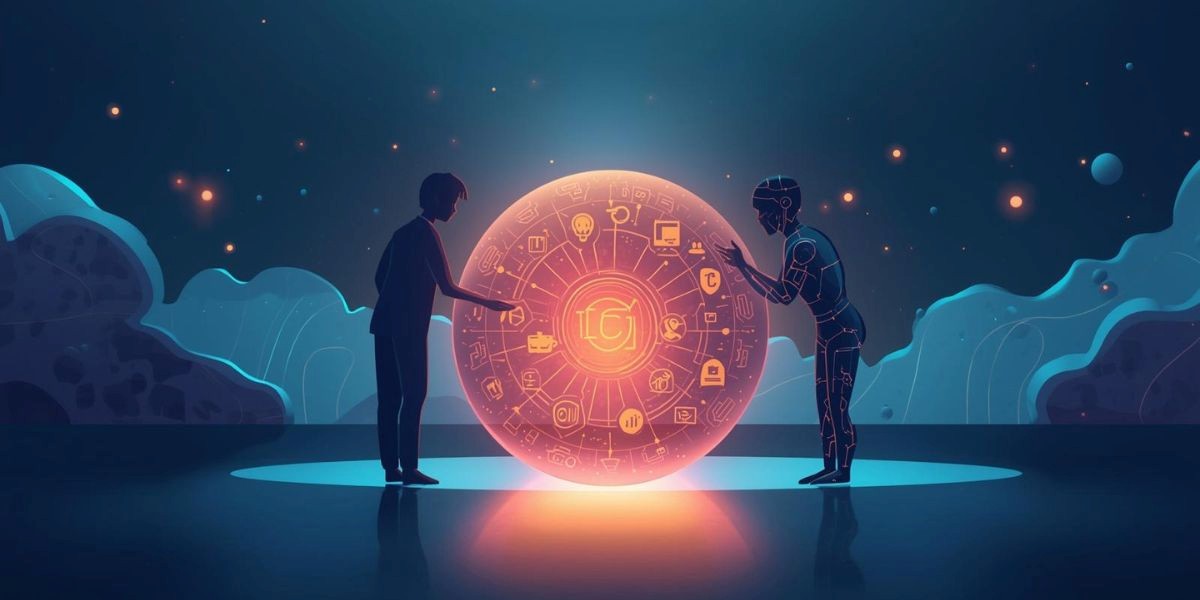For years, innovation was celebrated as a matter of human genius- a spark of creativity born from intuition, experience, and sometimes pure chance. But a quiet transformation is underway. Artificial Intelligence is no longer simply assisting innovation; it’s becoming part of the thinking process itself.
In new product development, this shift is profound. Once, companies relied on brainstorming sessions, consumer surveys, and gut instinct to decide what to build next. Today, those same decisions are being informed, and in some cases guided, by AI systems that can interpret signals from millions of data points across markets, social media, and behavioral analytics. These systems don’t just crunch numbers. They identify emerging patterns long before they become trends.
Consider this: according to PwC, AI could contribute up to $15.7 trillion to the global economy by 2030, with a large portion stemming from product and service innovation. Yet, what makes this transformation exciting isn’t the scale of the numbers- it’s the subtlety of the process. AI doesn’t replace human creativity- it extends it. The best innovators now operate in a human-machine partnership where intuition meets inference.
The traditional product development pipeline: concept, design, testing, launch- was always linear. AI makes it circular. It learns from every stage. It connects past product data to current consumer sentiment, cross-analyzes performance outcomes, and recommends next steps. It helps teams predict cannibalization before it happens, understand why some innovations fail to resonate, and reveal which ideas hold the greatest growth potential.
Innovation used to be a gamble. A recent study by Harvard Business Review found that nearly 70% of new products fail within their first year, not because the ideas were bad, but because the signals were misread. AI narrows that margin for error. It turns scattered information into insight, helping companies test assumptions against reality - instantly and continuously.
The deeper implication is cultural. As AI becomes embedded in innovation systems, organizations are forced to evolve. The companies that thrive will be those that treat data not as a byproduct, but as a creative input, feeding their algorithms the same way they once fed brainstorming rooms with sticky notes and whiteboards.
Still, the secret ingredient hasn’t changed: curiosity. AI can map the landscape, but it’s human curiosity that decides which mountain to climb. The future of innovation belongs to those who blend human imagination with machine precision, using data not as a cage, but as a compass.
Innovation is no longer about inventing in isolation; it’s about learning faster than everyone else. And in that race, the thinking machine has quietly taken the wheel, with us riding right beside it.



